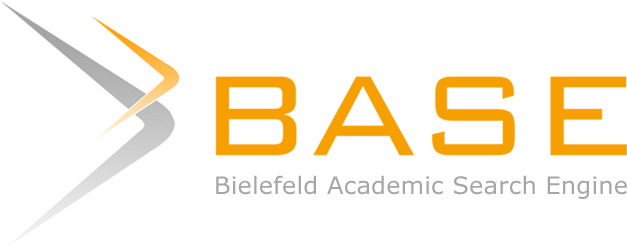Menu
Publications
2025
2024
2023
2022
2021
2020
2019
2018
2017
2016
2015
2014
2013
2012
2011
2010
2009
2008
2007
2006
2005
2004
2003
2002
2001
Editor-in-Chief

Nikiforov
Vladimir O.
D.Sc., Prof.
Partners
doi: 10.17586/2226-1494-2025-25-4-710-717
Viacheslav Yu. Dobrynin
K-sparse encoder for efficient information retrieval
Read the full article
Article in Russian
For citation:
Abstract
For citation:
Dobrynin V.Yu. K-sparse encoder for efficient information retrieval. Scientific and Technical Journal of Information Technologies, Mechanics and Optics, 2025, vol. 25, no. 4, pp. 710–717 (in Russian). doi: 10.17586/2226-1494-2025-25-4-710-717
Abstract
Modern industrial search engines typically employ a two-stage pipeline: fast candidate retrieval followed by reranking. This approach inevitably leads to the loss of some relevant documents due to the simplicity of algorithms used in the first stage. This work proposes a single-stage approach that combines the advantages of dense semantic search models with the efficiency of inverted indices. The key component of the solution is a K-sparse encoder used to convert dense vectors into sparse ones compatible with inverted indices of the Lucene library. In contrast to the previously studied identifiable variational autoencoder, the proposed model is based on an autoencoder with a TopK activation function which explicitly enforces a fixed number of non-zero coordinates during training. This activation function makes the sparse vector generation process differentiable, eliminates the need for post-processing, and simplifies the loss function to a sum of reconstruction error and a component preserving relative distances between dense and sparse representations. The model was trained on a 300,000-document subset of the MS MARCO dataset using PyTorch and an NVIDIA L4 GPU. The proposed model achieves 96.6 % of the quality of the original dense model in terms of the NDCG@10 metric (0.57 vs. 0.59) on the SciFact dataset with 80 % sparsity. It is also shown that further increasing sparsity reduces index size and improves retrieval speed while maintaining acceptable search quality. In terms of memory usage, the approach outperforms the Hierarchical Navigable Small World (HNSW) graph-based algorithm, and at high sparsity levels, its speed approaches that of HNSW. The results confirm the applicability of the proposed approach to unstructured data retrieval. Direct control over sparsity enables balancing between search quality, latency, and memory requirements. Thanks to the use of an inverted index based on the Lucene library, the proposed solution is well suited for industrial- scale search systems. Future research directions include interpretability of the extracted features and improving retrieval quality under high sparsity conditions.
Keywords: information retrieval, sparse vector representations, autoencoder, TopK activation function, inverted index, single-stage architecture
























